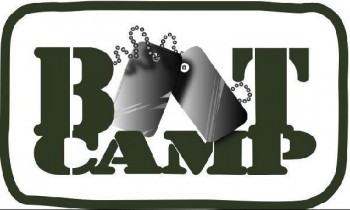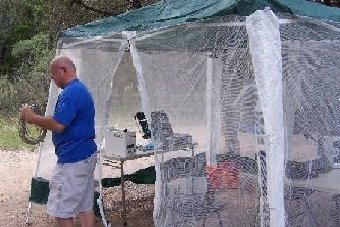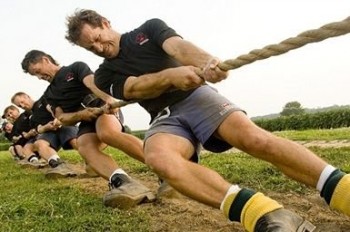 SITE SURVEY – An Important Detail For Longer-Term (over a day) Emergency Communications Deployment
SITE SURVEY – An Important Detail For Longer-Term (over a day) Emergency Communications Deployment
TAUGHT AS PART OF OUR “JUMP TEAM BOOT CAMP” session by Bob W2IK
How and where you erect any operating, sleeping and cooking structures is very important. This also includes areas for erecting any antennas. This is why when you get to a location and decide upon a general area, you first must do a site survey. This is especially true if your team does a full-scale tent deployment and not a deployment using existing free-standing buildings. One of the most important things to consider is: Will this emergency intensify, such as will there be additional rains or wind in the short-term future while you are deployed? Even if you do choose to use an existing building, you need to do site survey.
 Threat Assessment –
Threat Assessment –
- Will there be drainage for additional rains or will your operation be flooded out or will you have to sleep in soaked sleeping bags like I had to do once in the 1980s in the Virgin Islands because the team leader decided on the wrong area for placement of the communications team?
- An existing building may become flooded or cut off from access or evacuation.
- A road to any building may become a river that will flood out any building when you least expect it.
- Always choose an area which is on higher ground than the surrounding plain and NOT near any stream or river or their associated flood plains. You can usually tell about where the flood plain is by observation. Along streams there will be what’s known as a “debris line”. On flat terrain, this could be hundreds of yards from the stream itself. This is the highest area that has been recently flooded. Stay FAR AWAY from any debris line, as the emergency you might be deploying for, will have greater flooding potential than the average heavy rain.
- Areas near a dry creek bed should be avoided because a dry creek bed can be flash-flooded and you along with it. I have seen one of these creek beds flood out to a half-mile wide river in a matter of minutes. High winds can cause trees to come crashing down when already saturated roots give way so keep away from large trees. Yes, they may make handsome places to string up an antenna, but at what cost? Read the rest of this entry »


 June VHF QSO Party
June VHF QSO Party